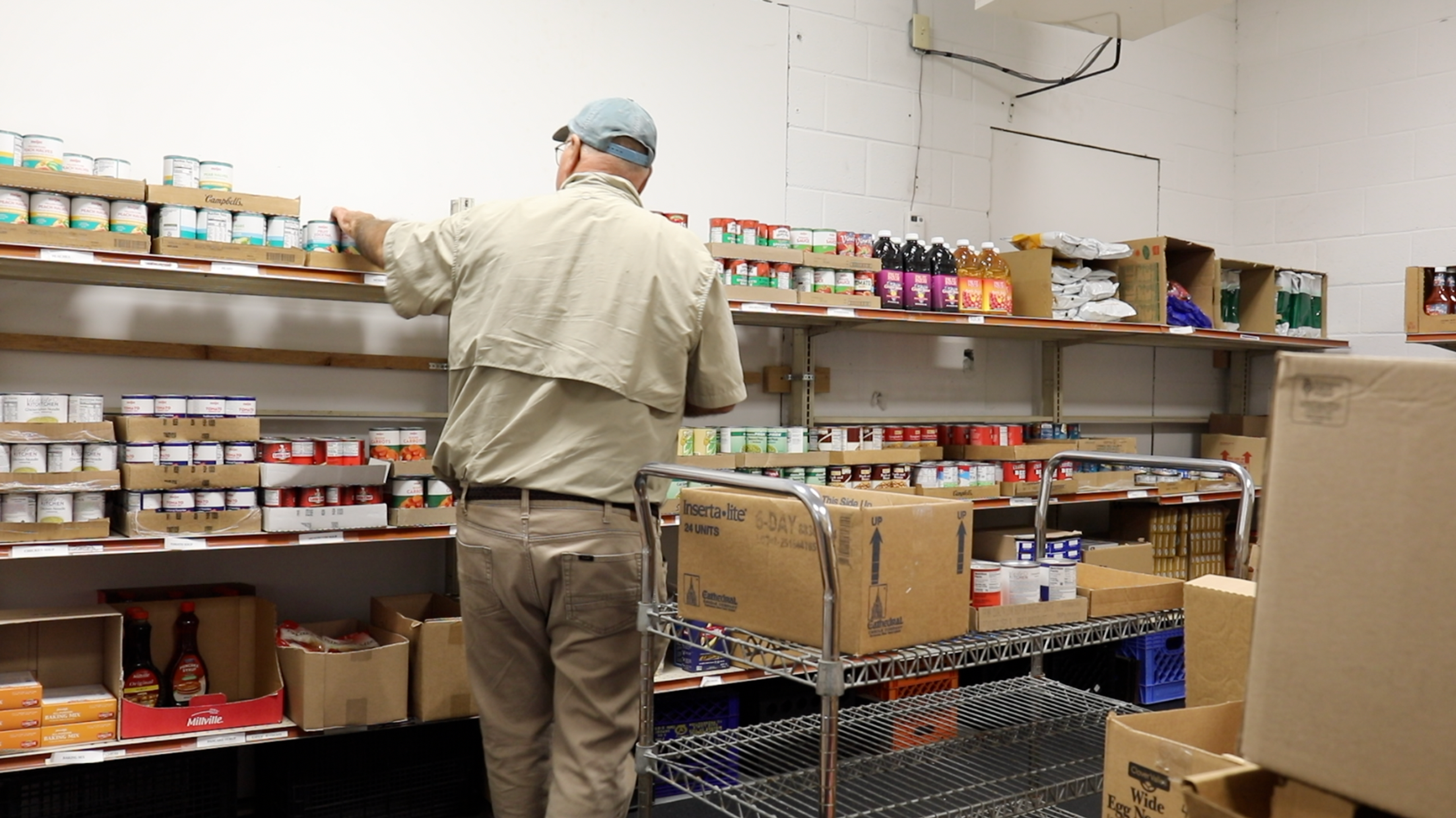
For the fifth year, Grand Valley State University has provided West Michigan with need to know data on regional health trends. This year’s forecast, released last Friday, focuses on health hurdles in the West Michigan community, the future outlook for residents and businesses alike, and how the Affordable Care Act impacts both of these factors. The health care forecast collects data from a four-county region, referred to as KOMA: Kent, Ottawa, Muskegon and Allegan counties. Within these four counties, research shows trends based on demographics, risk profiles, diseases, overall health, the Affordable Care Act and cost analysis. Overall, West Michigan residents report better health numbers than Southeast Michigan. However, there are a number of health issues that play a role in the results of the forecast, including binge drinking, obesity, smoking, physical activity, and diabetes. In terms of binge drinking, West Michigan reports at about 19 percent “consuming five or more drinks at least once in the previous month,” which is about the same as Southeast Michigan. Smoking statistics in West Michigan have decreased and increased a few times in the past five years. Currently, about 21 percent of West Michigan residents are smokers. Though the data shows little change in the West Michigan overweight population since 2008, there has been an approximate two percent drop in the obese population in this same time frame. Becoming an ever-increasing issue for our country as a whole, West Michigan reports about 27 percent of its population as obese. While there has been little change in West Michigan's overweight population since 2008, instances of diabetes have increased in both West Michigan, with about 10 percent of the West Michigan population has diabetes. In terms of health care costs, performing the standard diabetes testing would save the health care system an average of 10 percent per patient in West Michigan. With the implementation of the Affordable Care Act, the region is seeing change in both a challenging and opportunistic way. The forecast looked at how local businesses are addressing the changes in health care due to the new law. “44 percent of firms have passed additional costs to workers; 37 percent [of firms] are considering such a move.” Interestingly, 78 percent of businesses in the KOMA region are instituting new employee wellness programs as an added benefit. While wellness programs have been added, approximately 31 percent of businesses are still unsure of if they will offer medical coverage to their workers in 2015. Data regarding the insurance costs of specific diseases and the outlook of lowering health costs was provided by Blue Cross Blue Shield of Michigan, Blue Care Network, and Priority Health. As Jeff Connolly, President of Blue Cross Blue Shield of Michigan West Michigan Operations, stated during the forecast, “we have approximately 14 billion dollars yearly in avoidable health care costs due to individuals seeking out the emergency room instead of their primary care physicians.” There is cause for concern in West Michigan health trends. However, the region is also taking significant strides in capitalizing on its strengths, collaboration tools and sense of community. As Jim Haveman from the Michigan Department of Community Health stated, “Michigan has a focus on protecting our state infrastructure and addressing our health care costs and concerns. In doing so, emphasis will be placed on self-education, self-management, and self-responsibility. In other words, fences no longer make good neighbors.” For more information on the results of the 2014 West Michigan Economic Health Care Forecast, visit GVSU’s website for the full study. [View the story "Grand Valley State University's 2014 West Michigan Economic Health Care Forecast" on Storify]





